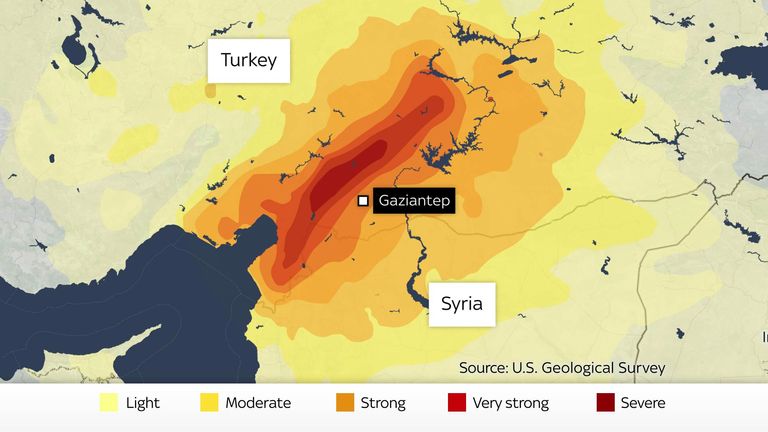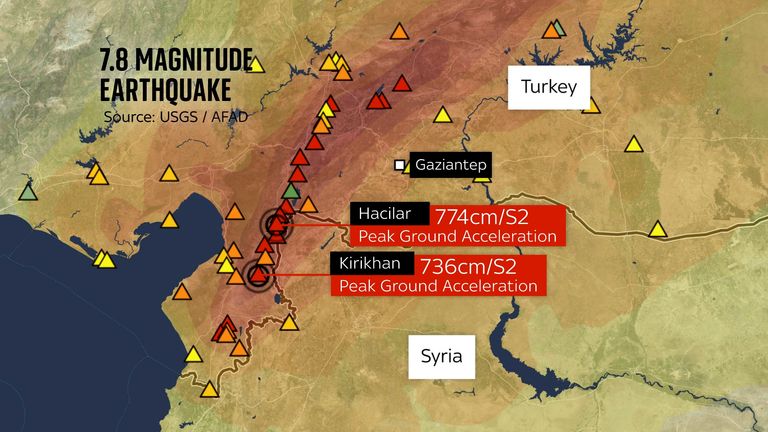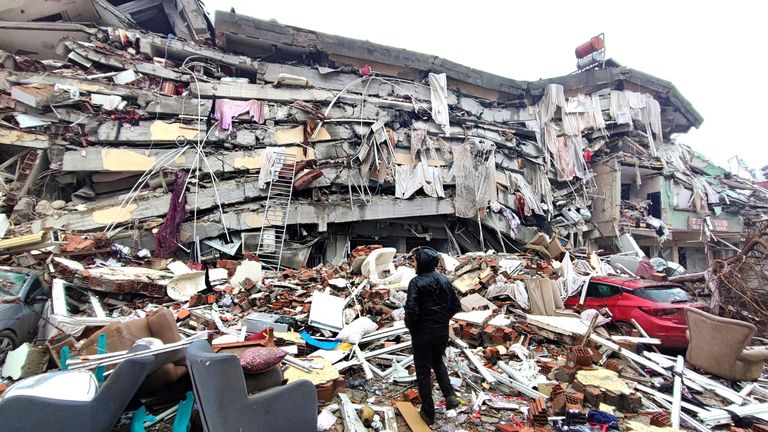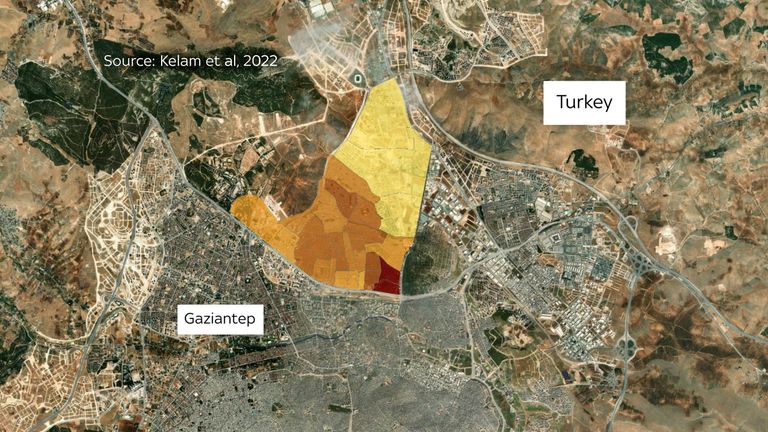The images of crumbling and collapsing buildings are truly harrowing.
After all, structural failure was responsible for the catastrophic loss of life in this earthquake.
So why, in an area of known risk, are things so bad?
On top of that, it was a very serious earthquake. Possibly even worse than the worst-case calculations by Turkey’s knowledgeable and experienced seismic risk scientists.
Evidence for this comes from a network of seismic sensors in Turkey that measure the amount of ground shaking during an earthquake — in this case, around the East Anatolia fault that caused the disaster.
The data is preliminary and could be revised, but some of the highest measurements from some of these sensors exceeded the shaking limits assumed in Turkey’s seismic building design code.
These typically require buildings that can handle the severe ground shaking expected to occur every 475 years. And resist crashing in an event every 2,475 years.
But some sensors recorded peak ground acceleration—a key indicator of earthquake force—at or well beyond 7 meters per second squared.
Turkey – Syria Earthquake – Latest News
Experts said the values appeared to exceed the shaking expected to occur in these regions, even in the rarest of events, which occurs once in 2,475 years.
Professor Yasemin Didem Aktas, a structural engineer at University College London, said: “Even well-designed, well-executed buildings can be affected and challenged.”
“But that doesn’t rule out that we see collapsed building stock without defects and problems,” she added.
more news:
Woman whose family was wiped out told Sky News: ‘I wish I was dead and my children were alive’
John Sparks: Search for signs of life in epicenter Turkish city of Kahramanmaras
Alex Crawford: Huge change in tempo of rescue operations in one of hardest-hit areas
Evidence of this can be seen in cities such as Gaziantep, 70 kilometers from the epicenter of the quake, which were shaken much less.
Many large buildings there have collapsed catastrophically, either to rubble or with floors intact but layer upon layer.
The risks to cities like Gaziantep are also well known. In a publication last year, a group of Turkish disaster experts used existing risk maps to show that many neighborhoods with old or poorly constructed buildings were at severe risk from earthquakes.
However, their modeling exercise assumed the quake was 10 times more severe than the one that hit Monday morning.
Another important factor is that there was not just one major earthquake, but two. Nine hours later, the first quake was followed by a magnitude 7.5 aftershock. Some buildings that survived the initial impact collapsed in the second.
Thousands of structures survived, but were severely damaged. This poses a major challenge for authorities dealing with dire consequences.
Tens of thousands of survivors have been made homeless, but tens of thousands more may not be able to return safely to homes that may still be standing but beyond repair.
Sky News will air a special on Friday night at 9.30pm titled ‘Disaster Zone: Turkey-Syria Earthquake’




